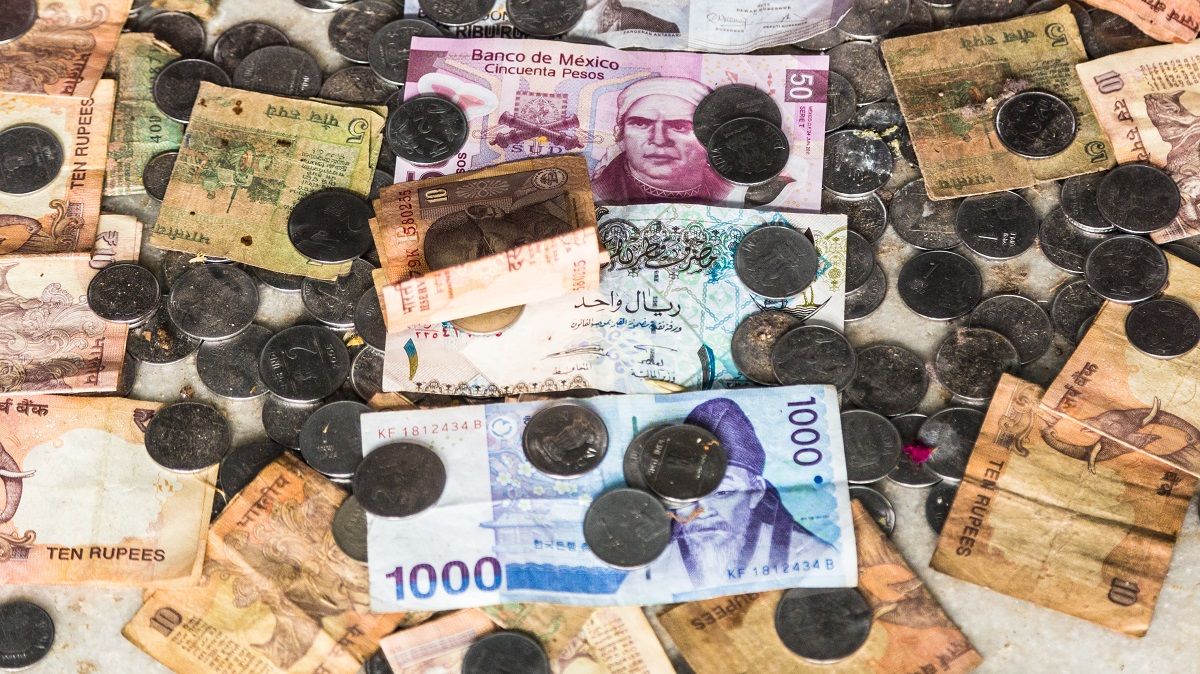At a tricky moment for fixed income, emerging market debt should offer a port in a storm. It is geared to growth at a time when markets are backing recovery, yields are still comparatively high; while strong commodity prices and a weak dollar should favour emerging market economies.
It’s been weak since the start of the year, but could it be an option for income-starved investors?
Down but not out
In spite of the reflation trade that has prevailed since the start of the year, emerging market debt has had a tough few months. The average hard currency EM bond fund is down 4.2% since the start of the year (source: Trustnet, to 6 April), while the average blended EM bond fund is down 4.6%.
Local currency EM bond funds sit bottom of the league tables, having fallen an average of 7.9%.
Marcin Adamczyk, head of emerging market debt at NN Investment Partners, says EM debt has not proved immune to rising inflation expectations in the US and FX weakness has also played a role: “While EMD spreads have been relatively stable year-to-date and in some parts of the market, such as sovereign frontier or corporates, even tighter, the increases in US rates have driven the overall EMD returns into negative territory so far this year.”
He says the weakness in local currency bonds has been particularly acute, with a negative return coming both from bonds and EM FX. “Clearly EMD complex was not fully immune to higher global and US rates.”
Crisis in the making?
Bad press hasn’t inspired confidence in the asset class. In a recent speech, the head of the IMF, Kristalina Georgieva said the world needed to prepare for an emerging market debt crisis, with tightening financial conditions liable to trigger ‘significant’ capital outflows. In particular, higher rates “would pose major challenges, especially to middle-income countries with large external financing needs and elevated debt levels”.
There is also the looming threat of a higher dollar. Emerging market economies benefited from the prospect of a weaker dollar as Biden announced his vast stimulus package, but the dollar has proved resilient in recent weeks, which hasn’t helped EMD – particularly those countries with higher dollar-denominated debt.
Adamczyk says: “This is an important factor to take into account, as the global growth revisions (such as those from the IMF) are now led by the US due to vaccination progress and fiscal stimulus over there. The US leadership on the growth front, while undoubtedly positive for emerging markets, could also mean stronger dollar against other developed and emerging currencies, at least in the short term.”
Brighter days to come
However, amid this gloomy picture, there are signs that emerging market debt may have better times ahead. Kirstie Spence, fixed income portfolio manager at Capital Group, says: “The moves in EM currencies have been relatively mild, with the exception of countries facing idiosyncratic issues, such as Turkey, especially compared to the 2013 taper tantrum. The key difference between now and then is that EM economies in 2013 were generally overheating and had significant external vulnerabilities.
“Despite the fact that fiscal spending and debt have increased in the first quarter of this year, the shift towards local currency debt and longer dated debt has helped to reduce reliance on shorter term foreign capital flows.”
She also points out that emerging market assets are on the whole cheaper than they were pre-2013 taper tantrum. If the recent strength of the dollar proves anomalous, emerging markets could benefit from appreciation in their currencies and greater inflows from investors hunting for yield. Spence says the resumption of USD weakness remains the Capital Group’s base case.
It is also still the case that emerging market debt should be geared into global economic recovery: “Higher global growth, positive risk sentiment and higher commodity prices are broadly supportive for EMD,” says Adamczyk. “The increased IMF SDR (special drawing rights) allocation should also work as an anchor, especially for EMD Hard Currency Sovereigns.” SDRs were last used in 2009 during the Global Financial crisis. The IMF plans to issue $650bn of new SDRs, which should act to boost emerging economies balance sheets.
‘A risk worth taking’
That said, there will be pressure points within emerging markets. The pandemic has increased vulnerability, particularly for those countries reliant on tourism flows – Turkey, for example.
Spence believes markets are likely to become more discerning over the next few months: “If the volatility continues, we could see more differentiation going forward with some EM currencies that are less tied to the US dollar and those with stronger fundamentals and better valuations weathering the volatility.”
Higher commodity prices may see some emerging economies recover more quickly than expected.
Overall, JP Morgan Asset Management says emerging market debt is “a risk worth taking”. “The fundamental outlook for emerging markets remains robust. Events in Turkey are unlikely to spread to other emerging markets, and the overarching growth outlook is positive as the vaccine rollout continues (albeit at a slower pace).
“China, a key driver of emerging market growth, looks in particularly good shape, with recent economic activity data (such as property sales, subway passenger volume and hotel occupancy) returning to pre-2020 levels. As this normalisation continues, it should prove supportive for a wider growth recovery across emerging markets.”







